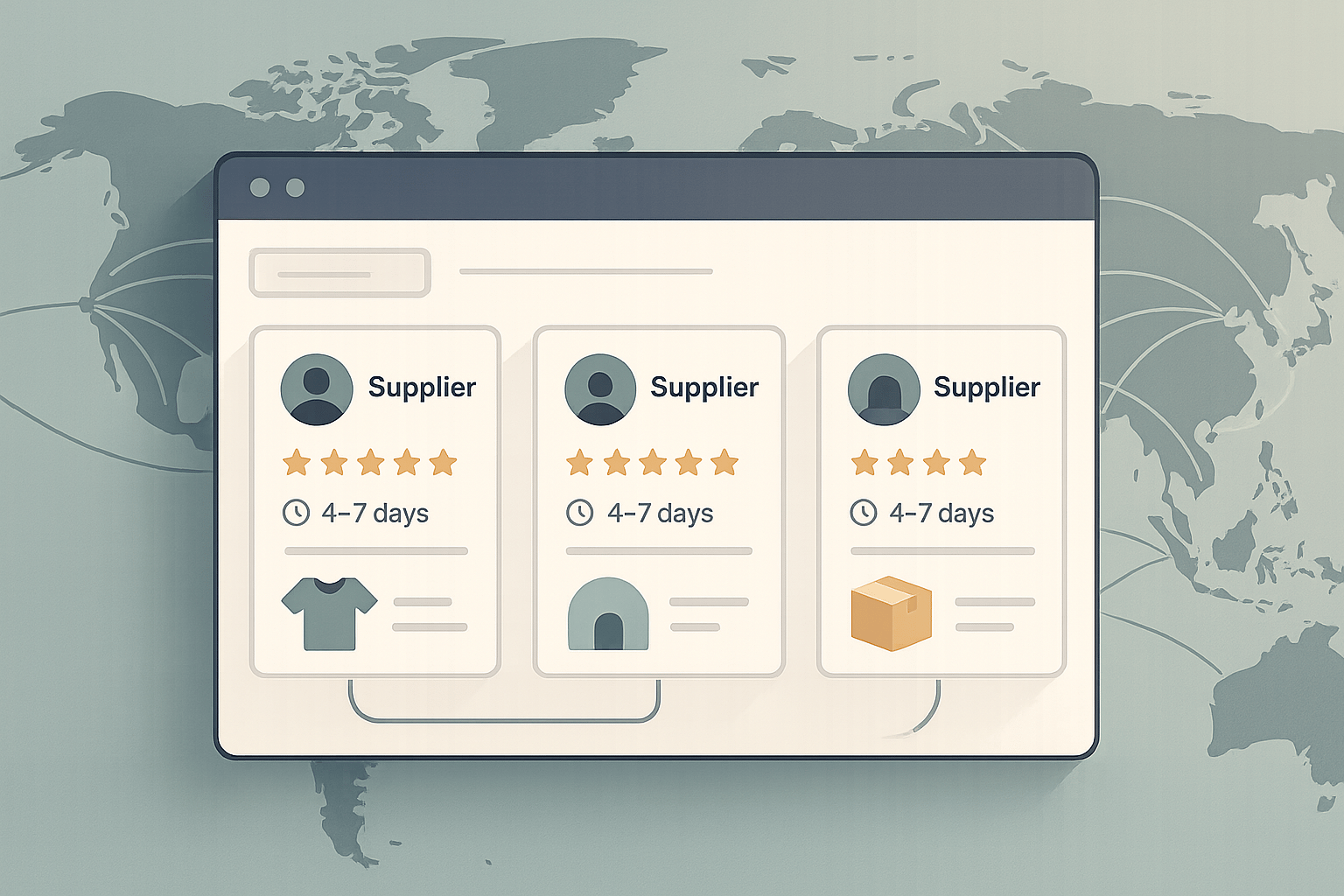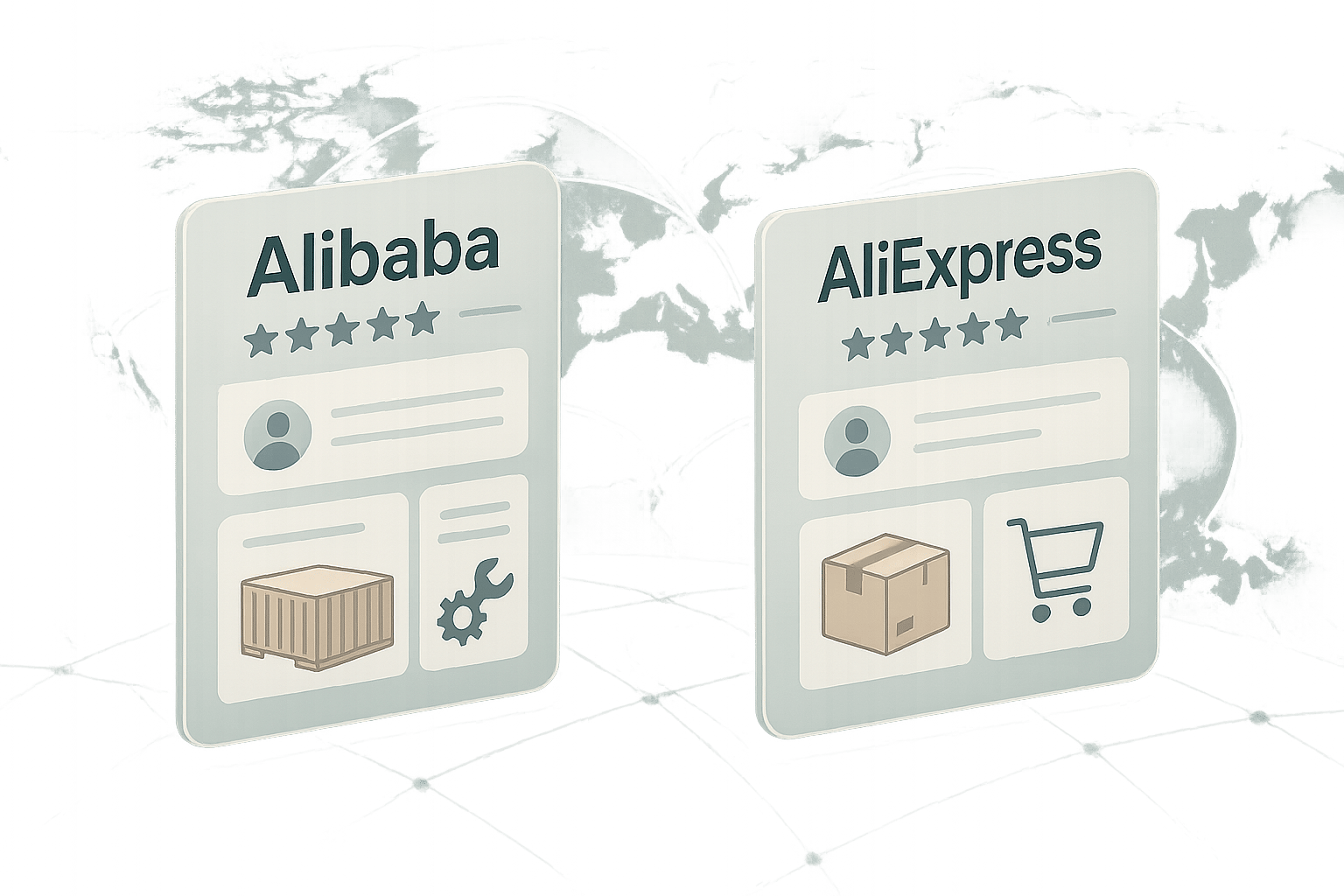Dynamic pricing is transforming how shipping costs are calculated by adjusting rates in real-time based on factors like demand, fuel costs, and delivery speed. This approach contrasts with fixed pricing, which offers stable rates over a set period but lacks flexibility. Dynamic pricing can lower costs during low-demand periods and provide transparency, but it may cause budgeting challenges due to fluctuating rates. Fixed pricing simplifies planning and shields businesses from sudden increases but may lock them into higher rates when market prices drop. Choosing between these models depends on your need for flexibility versus predictability, with hybrid options offering a balanced solution.
The Importance of Dynamic Freight Pricing in Logistics & Transportation | Emtec Digital
1. Dynamic Pricing
Dynamic pricing adjusts shipping rates in real time, taking factors like fuel costs, demand, capacity, and route efficiency into account. For businesses shipping internationally, this approach offers both opportunities and challenges. It allows for better forecasting and helps manage risks more effectively.
Cost Predictability
At first, dynamic pricing might seem unpredictable. However, over time, it provides better cost forecasting compared to traditional pricing models. Businesses can identify patterns based on triggers like falling fuel prices or low-demand periods. For instance, when fuel costs drop or demand slows, rates decrease, allowing companies to analyze historical data and schedule shipments during optimal windows. This can lead to significant savings over the course of a year.
Another advantage is the reduction of surprise fees. Traditional fixed pricing often included hidden charges that popped up during peak seasons or fuel price hikes. With dynamic pricing, these adjustments are built into the base rate, offering greater visibility into actual costs upfront.
Risk Mitigation
Dynamic pricing helps businesses navigate market volatility. Whether it’s port congestion, severe weather, or geopolitical disruptions, this model spreads risks more evenly across the supply chain.
Unlike fixed pricing, which often caused delays during high-demand periods, dynamic pricing encourages early bookings and balances demand throughout the year. It also helps manage currency fluctuations - a common challenge for international shipping. Instead of sudden rate hikes tied to exchange rate changes at contract renewals, carriers can adjust prices gradually, creating a more stable and responsive system.
Market Responsiveness
One of the biggest strengths of dynamic pricing is its ability to adapt quickly to shifting market conditions. When new trade routes open or shipping lanes improve, pricing adjusts promptly, benefiting customers without waiting for annual contract updates.
This flexibility is especially valuable for businesses with adaptable shipping schedules. Companies that can shift their logistics based on pricing signals often secure lower rates than those locked into rigid timelines. Additionally, dynamic pricing fosters competition among carriers, pushing them to lower rates quickly when capacity constraints ease.
Transparency
Dynamic pricing systems provide clear insights into cost drivers like fuel, demand, and efficiency, enabling businesses to make informed decisions. Modern pricing dashboards showcase rate trends and highlight the best times to ship - something rarely available with traditional fixed pricing, where rate changes often felt arbitrary.
Transparency also helps businesses understand the reasons behind price spikes. Whether caused by short-term disruptions like weather delays or longer-term issues such as capacity shortages, this clarity allows companies to plan their logistics with greater precision and confidence.
2. Fixed Pricing
Fixed pricing sets shipping rates that stay the same throughout the contract period, offering a steady alternative to the ever-changing nature of dynamic pricing.
Cost Predictability
One of the main perks of fixed pricing is the ability to plan budgets with confidence - an essential factor for businesses operating on tight margins. However, this stability comes with a trade-off. When market conditions change, fixed-rate contracts may not align with current rates. This creates a situation where finance teams enjoy predictable expenses, but procurement teams face the challenge of dealing with rates that might no longer reflect market realities.
Risk Mitigation
With fixed pricing, businesses are shielded from sudden spikes in shipping rates, as carriers take on the burden of market fluctuations. To account for this risk, carriers often include a premium in the pricing, acting as a form of insurance. That said, the inflexibility of fixed pricing can lead to operational headaches during periods of high demand, potentially straining service quality.
Market Responsiveness
Unlike dynamic pricing, which adjusts on the fly, fixed pricing only changes during contract renewals - typically on an annual basis. This delayed responsiveness can make it difficult to address shifts like new trade routes or fluctuating fuel costs in real time. The renegotiation process, often involving lengthy discussions and legal reviews, adds another layer of complexity, making it harder for fixed rates to keep pace with fast-moving market changes.
Transparency
Fixed pricing tends to lack detailed insights into how rates are determined. Carriers often provide only broad explanations during renewal periods, leaving shippers with limited understanding of the factors driving rate adjustments. This limited transparency highlights the more cautious and traditional nature of fixed pricing when compared to dynamic models.
sbb-itb-633367f
Pros and Cons
When weighing dynamic pricing against fixed pricing, each approach brings its own set of strengths and challenges. Here's a closer look at what makes these pricing strategies work - and where they might fall short.
Dynamic pricing shines in its ability to adapt to the market and optimize costs. When shipping rates drop, businesses can immediately benefit from those savings. The real-time nature of this model ensures companies aren’t stuck paying outdated rates, which is especially helpful during unpredictable market conditions. This kind of flexibility is a lifeline during volatile times, helping businesses manage risks tied to international shipping uncertainties.
On the flip side, dynamic pricing can create budgeting headaches. Monthly shipping costs can swing significantly, making it harder to forecast expenses accurately. During peak seasons or when supply chains are disrupted, rates can unexpectedly spike, potentially eating into profit margins on pre-committed orders.
Fixed pricing, on the other hand, offers the stability and predictability that many businesses need. It simplifies budgeting, even in volatile markets, and is particularly appealing to companies with tight margins or those in highly competitive industries where consistent costs are crucial for pricing strategies.
The risk protection offered by fixed pricing becomes a major advantage during market upheavals. When global events drive up rates, businesses with fixed contracts are shielded from sudden cost increases, giving them a competitive edge over those relying on fluctuating rates.
However, fixed pricing has its downsides, particularly its lack of flexibility. If market rates drop below the contracted price, businesses are stuck paying higher rates until their agreement is up for renewal. This slower response to market changes can be a disadvantage in dynamic environments.
Here’s a quick comparison of the two models:
| Criteria | Dynamic Pricing | Fixed Pricing |
|---|---|---|
| Cost Predictability | Low – fluctuates | High – stable |
| Market Responsiveness | Immediate – adjusts in real-time | Delayed – changes only at renewal |
| Risk Mitigation | Variable – exposed to market shifts | Strong – shields against rate spikes |
| Transparency | High – detailed cost breakdowns | Limited – broader explanations |
| Budget Planning | Difficult – requires flexibility | Simple – allows accurate projections |
| Competitive Advantage | Based on opportunities – benefits from rate drops | Based on stability – protection during spikes |
The choice between these pricing models often hinges on a company’s operational strategy and risk tolerance. Businesses with skilled procurement teams and adaptable financial systems often lean toward dynamic pricing for its cost-saving potential. Meanwhile, companies that prioritize simplicity and steady costs usually prefer fixed pricing.
Some businesses find a middle ground with hybrid models, combining fixed pricing for essential shipping routes with dynamic pricing for secondary or seasonal needs. This approach allows them to enjoy the predictability of fixed contracts while still taking advantage of market-responsive pricing where it makes sense.
Conclusion
Deciding between dynamic and fixed pricing for international shipping boils down to a company’s appetite for risk, operational flexibility, and the current market landscape. Dynamic pricing offers the benefit of cost savings and real-time adaptability, particularly during periods of low demand.
For businesses dealing with fluctuating or seasonal shipping volumes, dynamic pricing can be a game-changer. During off-peak times, when shipping capacity exceeds demand, companies can take advantage of reduced rates immediately rather than being tied to higher fixed-rate contracts. However, this flexibility comes with the challenge of budget unpredictability and the potential for sudden rate increases during peak periods.
On the other hand, fixed pricing is ideal for businesses that prioritize steady cash flow and operational simplicity. Companies operating on slim profit margins, competing in crowded markets, or lacking advanced procurement capabilities often benefit from the stability and predictability of fixed-rate agreements, even if it means foregoing potential savings.
A hybrid approach can strike a balance, securing stable costs for essential operations while allowing for flexibility in secondary or seasonal shipping needs.
No matter the pricing model, choosing the right suppliers is key. Success hinges on access to accurate supplier data and market insights. ForthSource provides real-time intelligence and a proprietary scoring system that evaluates suppliers based on pricing, reliability, and in-depth analysis. This enables businesses to identify dependable logistics partners and minimize risks tied to both products and shipping.
Keep your shipping strategy aligned with market dynamics. Whether you opt for dynamic, fixed, or hybrid pricing, ensure your approach supports your operational goals and long-term strategy.
FAQs
How can businesses manage budgeting challenges when using dynamic pricing for international shipping?
Managing budgeting challenges in international shipping, especially with dynamic pricing, requires a strategic approach. One effective method is using data-driven strategies to forecast costs. By analyzing both historical and real-time data, businesses can predict pricing trends and reduce the risk of unexpected expenses.
Another practical solution involves adopting index-based contracts, which help stabilize costs even during volatile market conditions. Strengthening collaboration across internal teams can also lead to more accurate budgets and improved financial planning. On top of that, utilizing AI tools and increasing supply chain visibility can streamline cost management and offer much-needed flexibility in navigating dynamic pricing scenarios.
What factors drive real-time pricing adjustments in dynamic pricing models?
Dynamic pricing models work by adjusting prices in real time, taking into account several important factors. These include market demand at the moment, what competitors are charging, available inventory, seasonal patterns, and how customers are making purchasing decisions. External elements, like changes in the economy or new regulations, can also play a role in shaping pricing strategies.
By constantly evaluating these variables, businesses can fine-tune their revenue, minimize risks, and better match supply to demand. This approach helps ensure smoother and more competitive operations, particularly in the international shipping industry.
When is a hybrid pricing model better than using only dynamic or fixed pricing for shipping?
A hybrid pricing model is ideal for scenarios where shipping conditions are unpredictable or subject to frequent changes. Think about seasonal demand surges, capacity crunches, or shifts in tariffs - this model shines in those moments. By combining the stability of fixed pricing with the flexibility of dynamic rates, it helps businesses keep costs in check while managing unexpected variations.
This setup strikes a balance between cost efficiency and adaptability, ensuring reliable shipping even in turbulent market conditions. It's particularly effective when dealing with multiple carriers or overcoming market disruptions to keep operations running smoothly.


